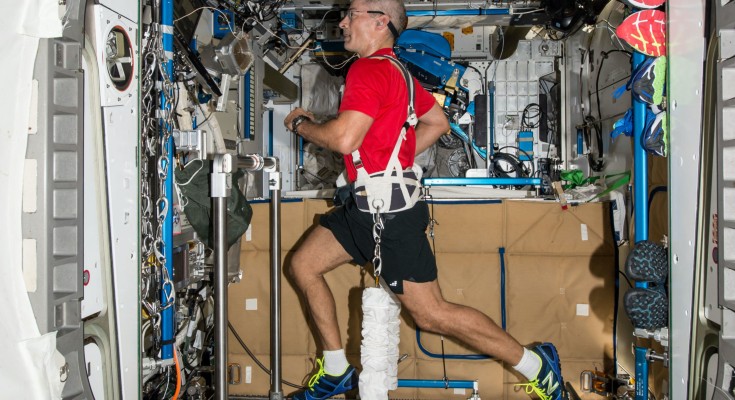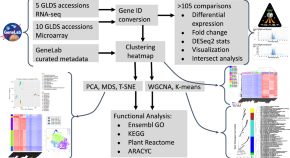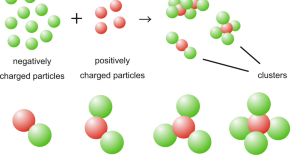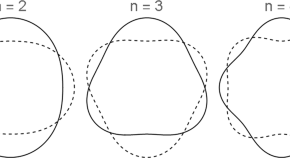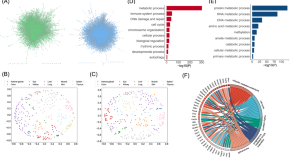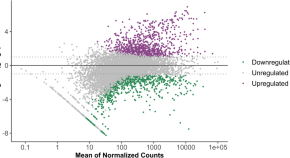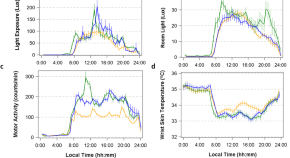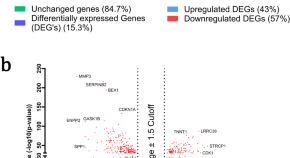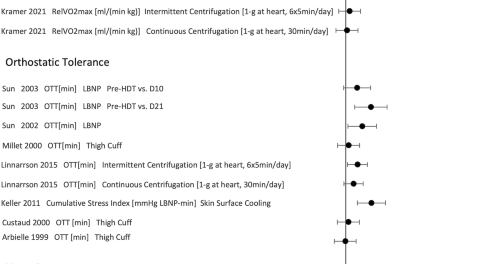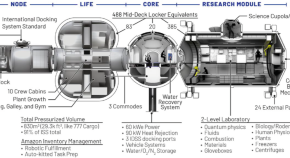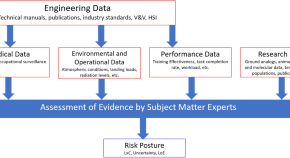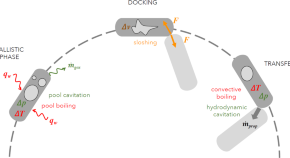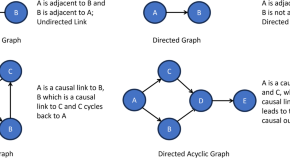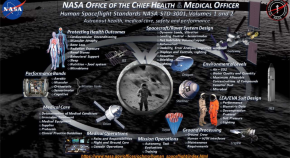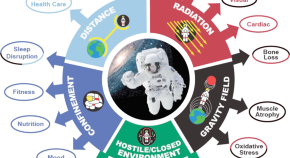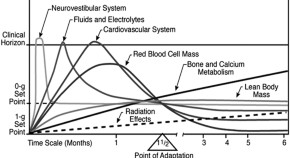Announcements
-
-
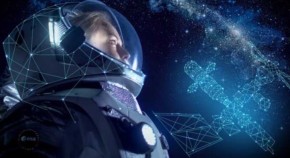
New Collection: Human System Risk Management
Open for submissions -
-
Flexible reporting format for primary research Articles
Advertisement
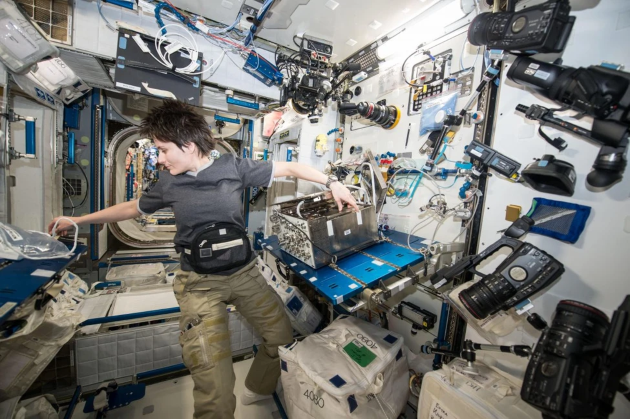
The Future of the Science of Space Exploration: A European View
The European (space) science community was asked to review where we are, describe where research should go and provide recommendations on future research focus for ESA’s human and robotic space exploration programme.
Trending - Altmetric
-
Red risks for a journey to the red planet: The highest priority human health risks for a mission to Mars
-
Effect of 60 days of head down tilt bed rest on amplitude and phase of rhythms in physiology and sleep in men
-
Space microgravity increases expression of genes associated with proliferation and differentiation in human cardiac spheres
-
Altered quorum sensing and physiology of Staphylococcus aureus during spaceflight detected by multi-omics data analysis

